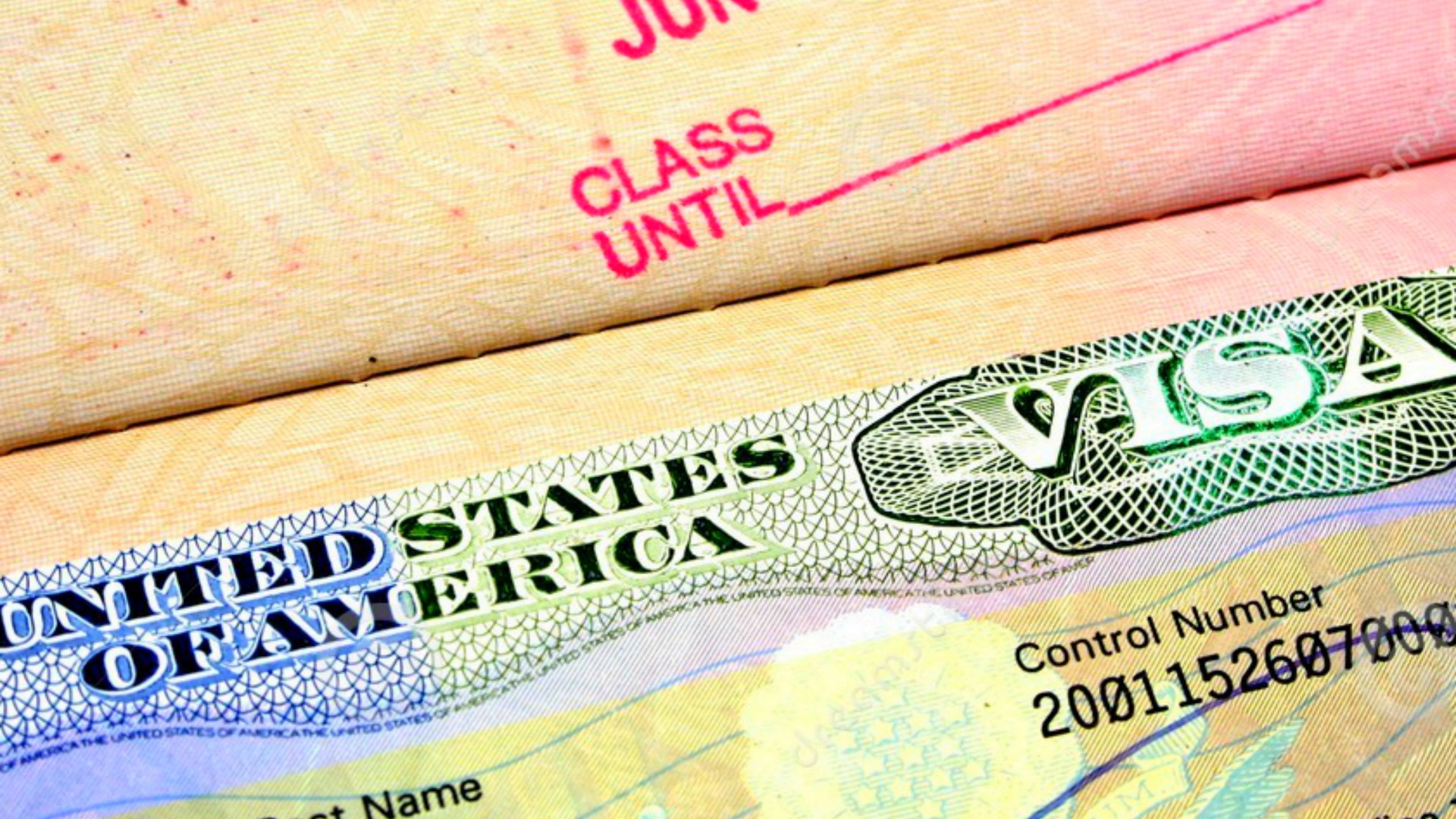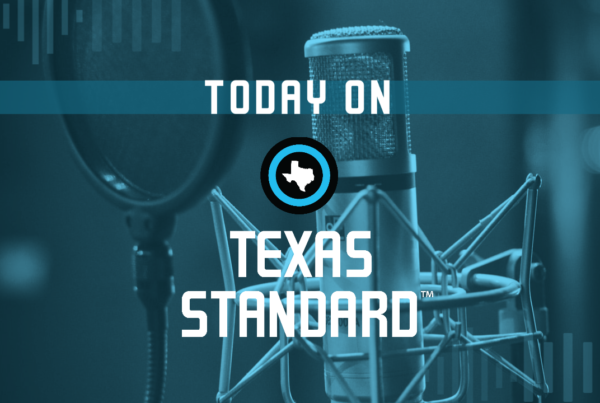Thousands of Afghanistan’s citizens are making their way out of the country, following the government’s takeover by the Taliban.
Refugee resettlement became formalized in the United States by former President Harry Truman after World War II. But how does it work?
For details, Texas Standard turned to Allison Duvall, manager for church relations and engagement at Episcopal Migration Ministries, one of the many private groups the government turns to aid for resettlement.
Refugees who find themselves fleeing persecution because of their nationality or ethnicity first find safety in a neighboring country, Duvall says. They have to be first given refugee status by the United Nations or another government. Some refugees wait years to enter the United States. But the Afghanistan situation is a fast-moving one.
“So with Afghanistan, it is a crisis,” Duvall told the Standard. “Those who are able to make it to the U.S. on one of those evacuation flights, they’ve not been through that many-years process; most are being admitted on parolee status because that was the most expeditious way to get them to safety.”
This parolee status means Afghans coming in now will not have access to a lot of the same programs for refugees.
“One of the main goals of the United States resettlement program is that refugees become employed as early as possible so they can become economically self-sufficient,” she said.
Many Afghans admitted to the United States right now have Special Immigrant Visas because of their work with the U.S. military. They, as well as people with refugee status, have a right to work here upon arrival. Parolees, on the other hand, have to apply for work authorization.
“They do not immediately have it upon arrival,” she said.
She says hers and other refugee organizations are asking their local communities to help support the resettlement efforts through donations and volunteer work. Here’s how you can help.













